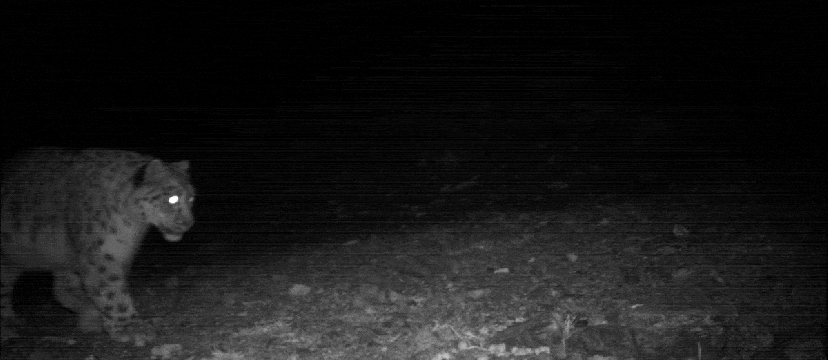In early April, Snow Leopard Trust scientists headed back to the field to restart our collaring program, which is part of our ongoing long-term ecological study of snow leopards and their habitat in Mongolia’s Tost Mountains.


In early April, Snow Leopard Trust scientists headed back to the field to restart our collaring program, which is part of our ongoing long-term ecological study of snow leopards and their habitat in Mongolia’s Tost Mountains.

When Snow Leopard Trust Executive Director Dr. Charu Mishra began his conservation work in the late 1990s, the top-down practice of “fortress conservation” was the norm. Entire communities were evicted from territories to protect wildlife. (An estimated 130 million ‘conservation refugees’ have been displaced by conservation efforts worldwide.) In Charu’s view, fortress conservation is morally wrong.

Snow leopard, scientific pioneer, trailblazer, super mom. Dagina has held quite a few monikers over the years – and done more to further our research than perhaps any other individual snow leopard in the wild to date.

What do these numbers mean to our research? Let’s start with snow leopards. In this case, 95 snow leopards does not actually mean 95 snow leopards. The ‘numbers’ refer to photos or independent photo capture events, to be more precise.

In 2021, park rangers, environmental specialists and local citizens in Kyrgyzstan, intercepted poachers with pelts and bones of snow leopards and other species bound for illegal wildlife markets. Many mountain ungulates were also confiscated, most of which were illegally hunted for bushmeat. The illegal trade in endangered species is a significant threat to snow leopards and their wild prey. This success story reinforces how conservation partnerships can help ensure a future for snow leopards.

How improving ID skills can impact snow leopard population counts. Snow leopards are famously elusive, making them challenging to observe and study. We rely on technology like research cameras to be our window into their wild lives.

How one endurance company is making a difference for snow leopard conservation.

Locating wild snow leopards isn’t easy. These threatened cats live across vast and often inaccessible mountain territory. Some individuals use home ranges that can be several hundred square kilometers large. These factors make it extremely challenging to find and monitor them. But we’ve learned never to underestimate the skill and expertise of our field teams!

During the pandemic, even the most rural communities prioritized safety and adapted to using technology for virtual meetings and trainings about handling encounters with snow leopards.
